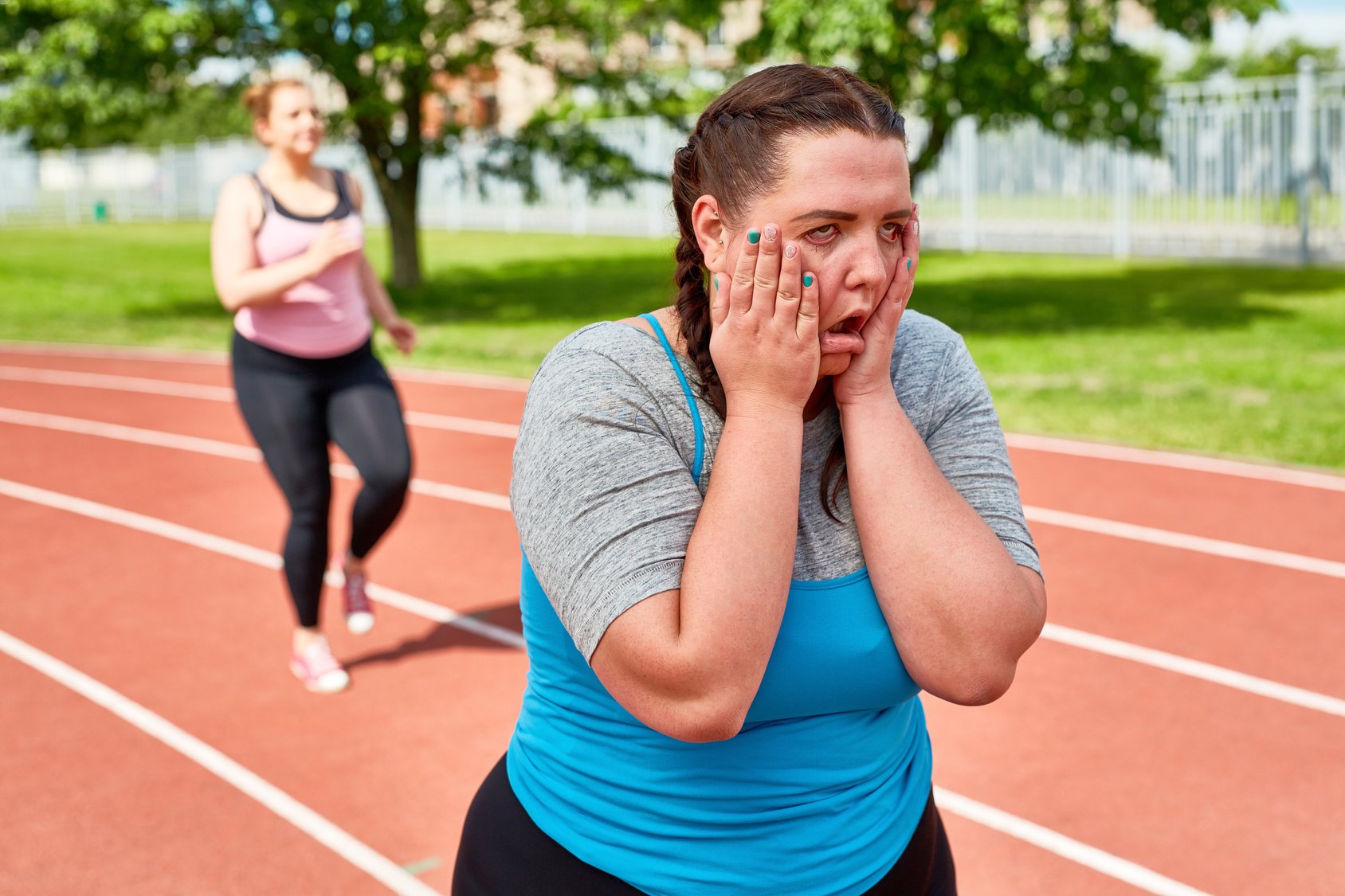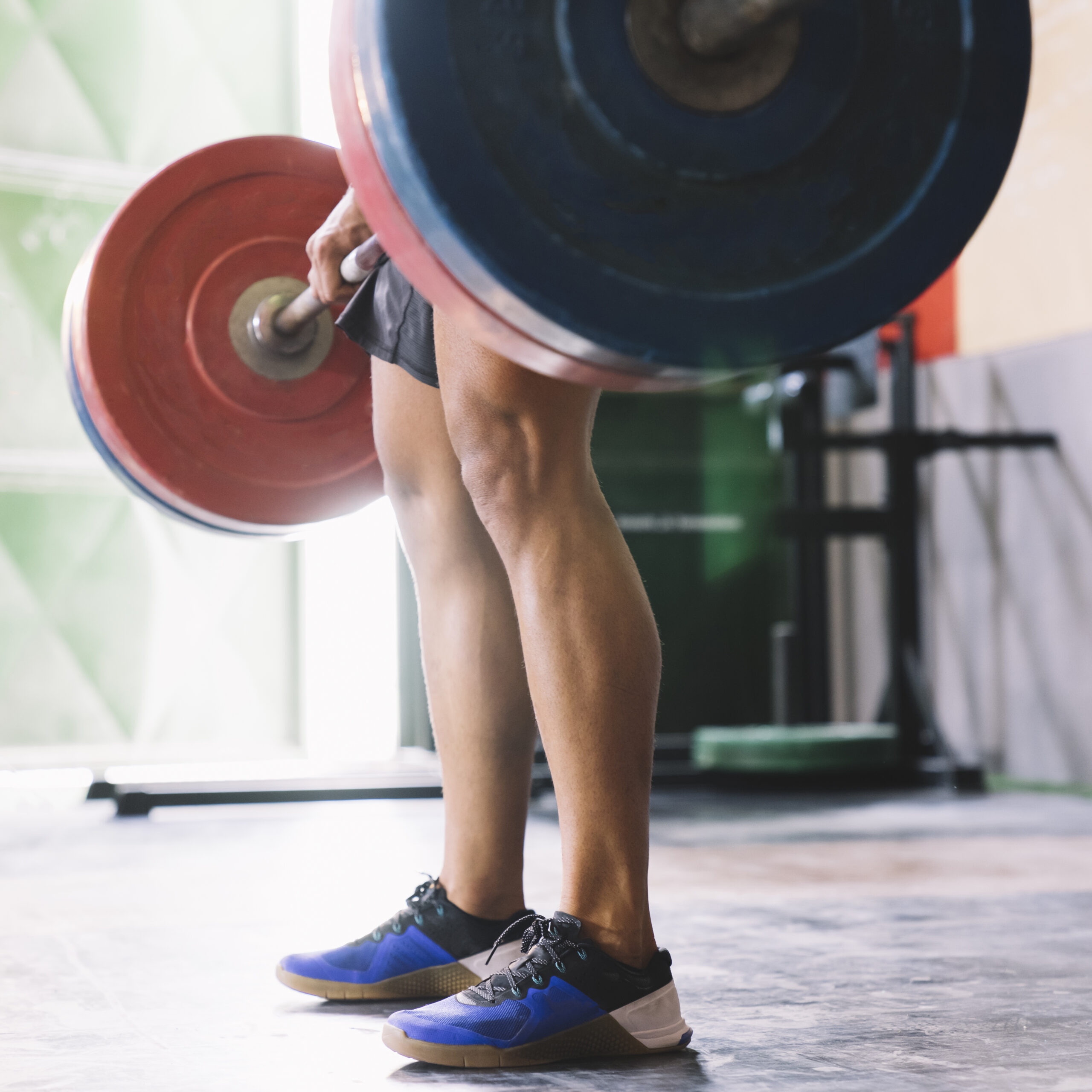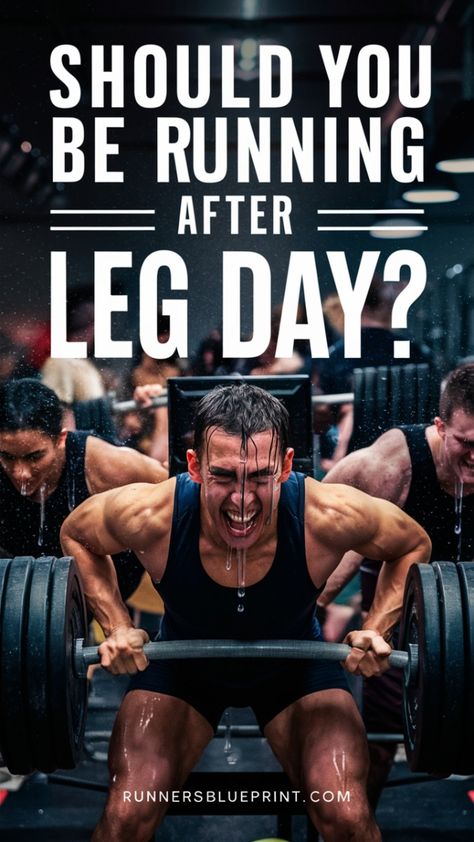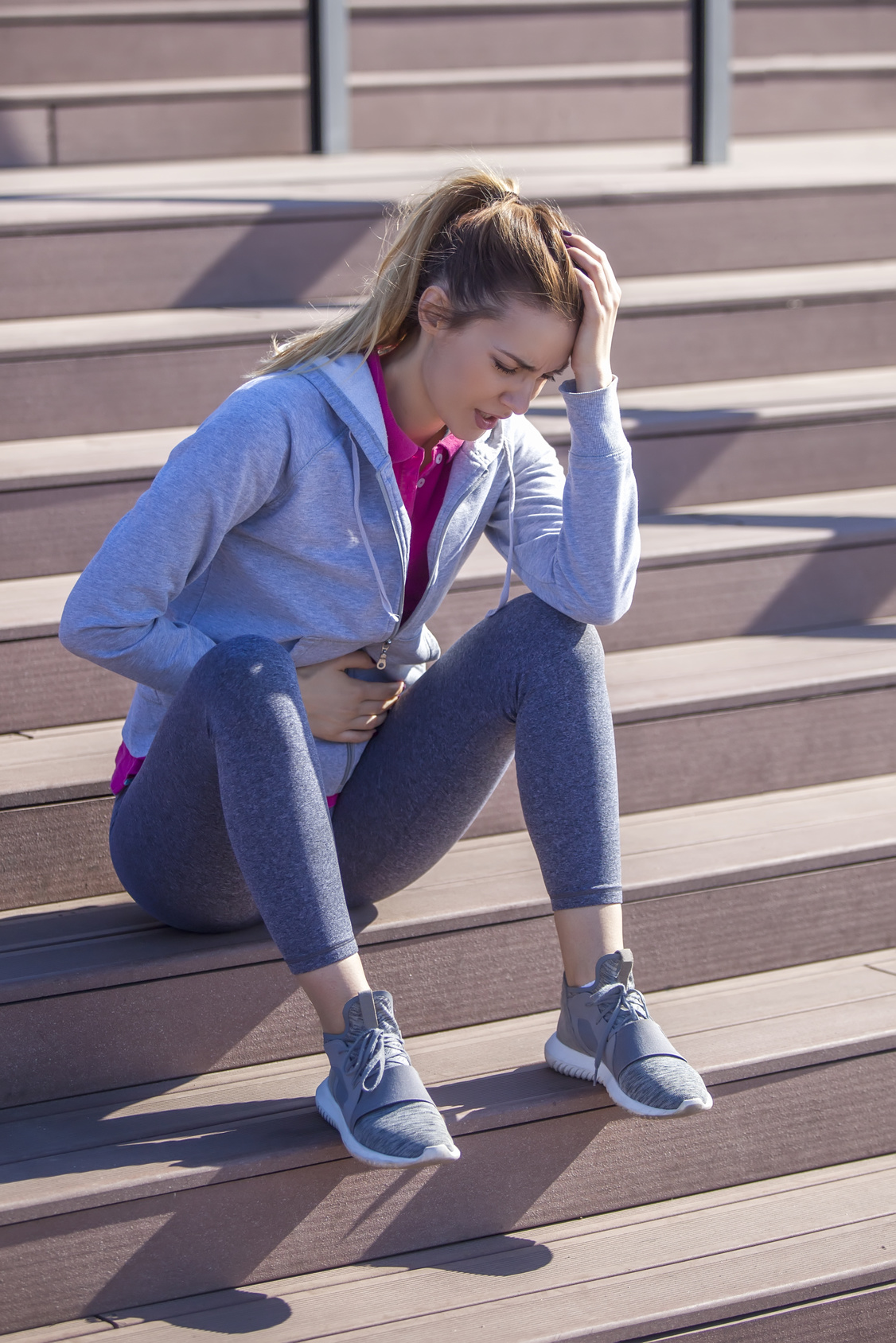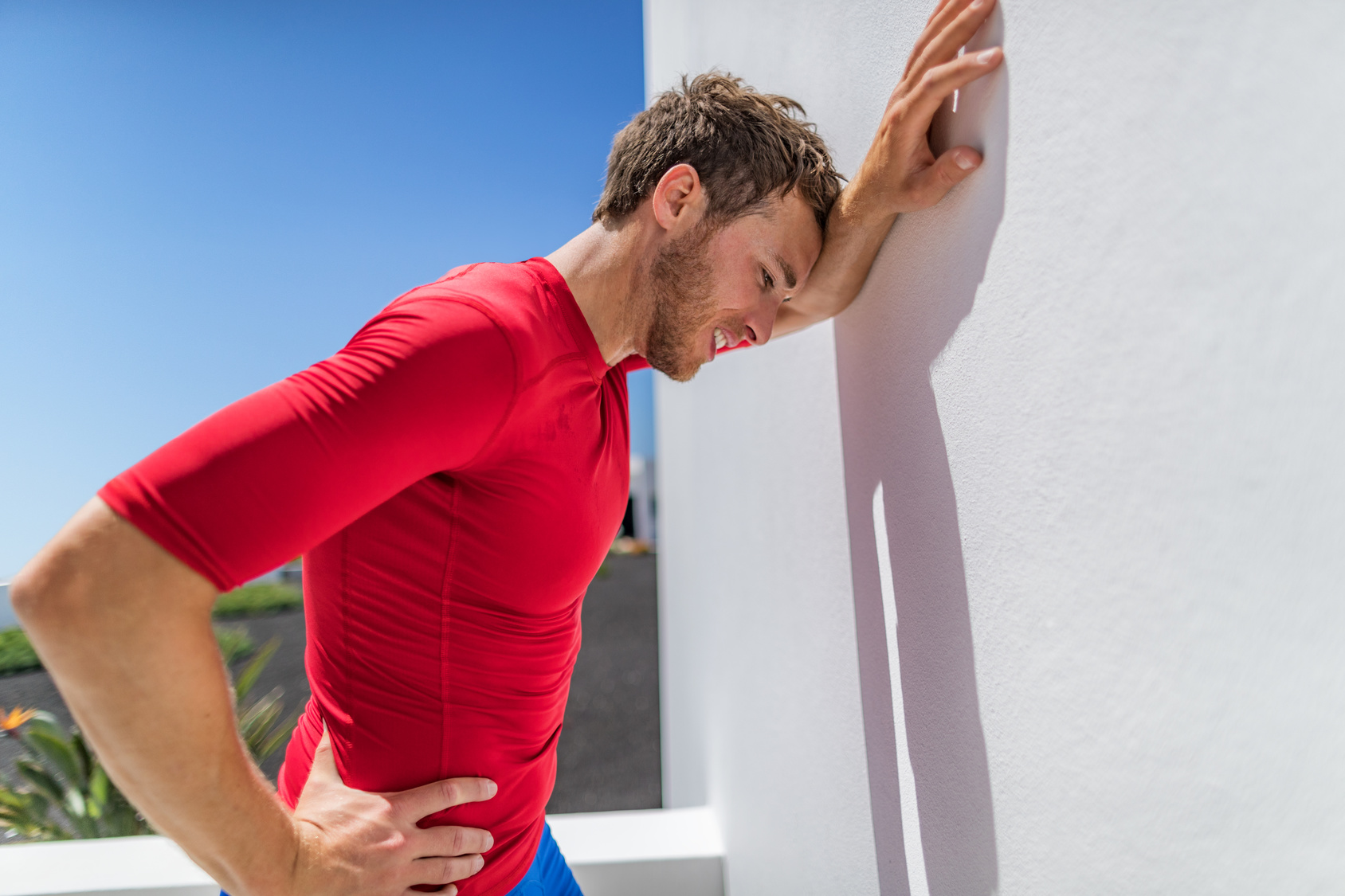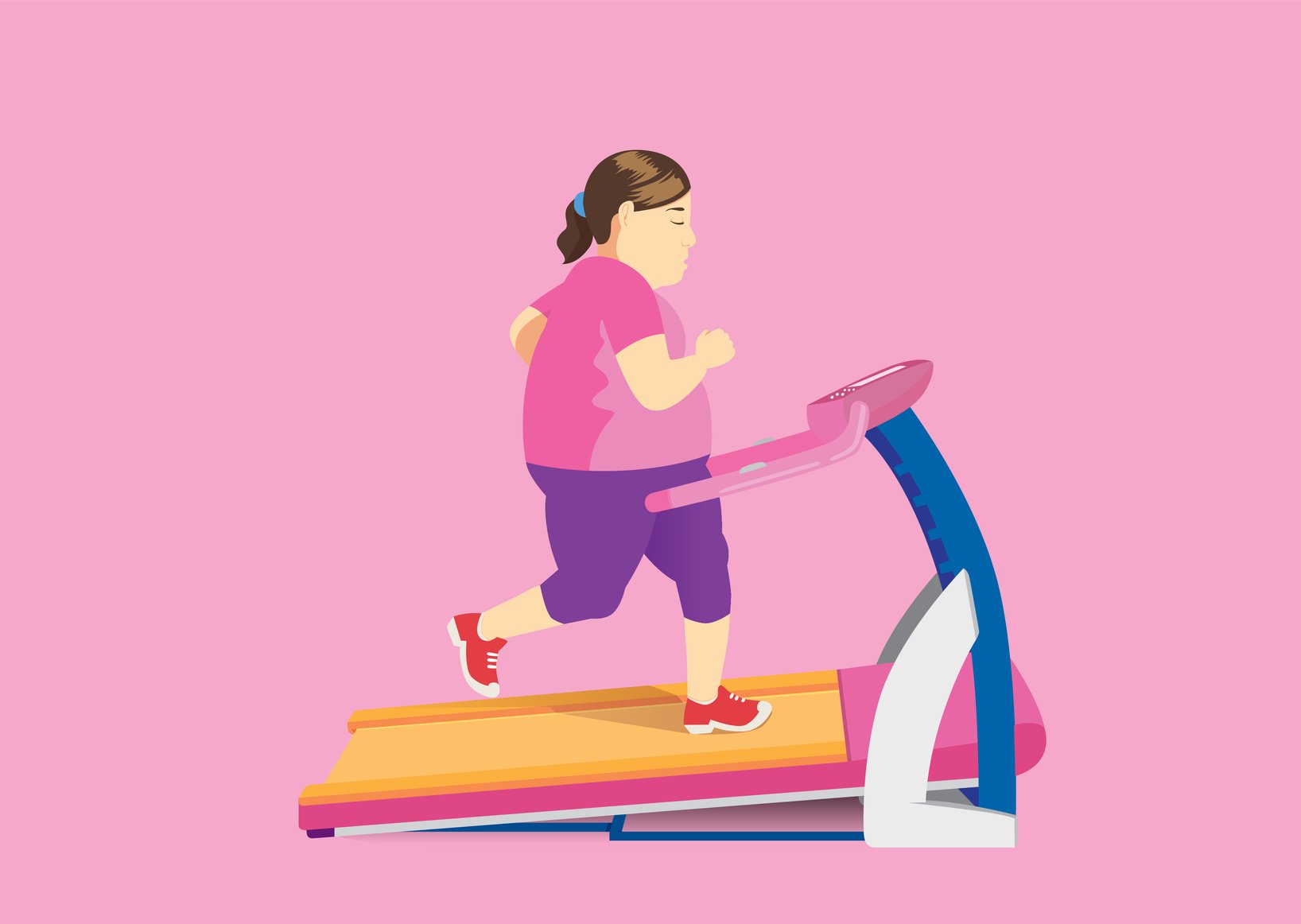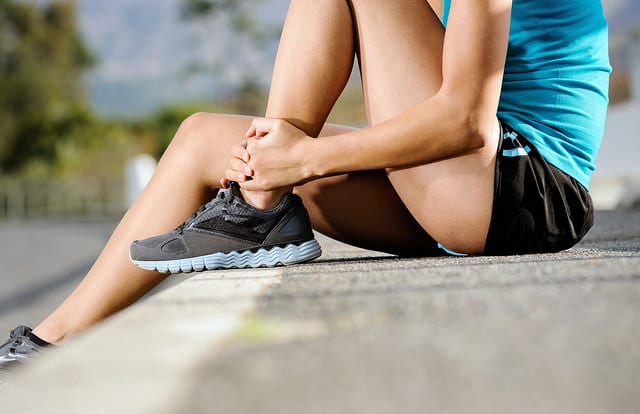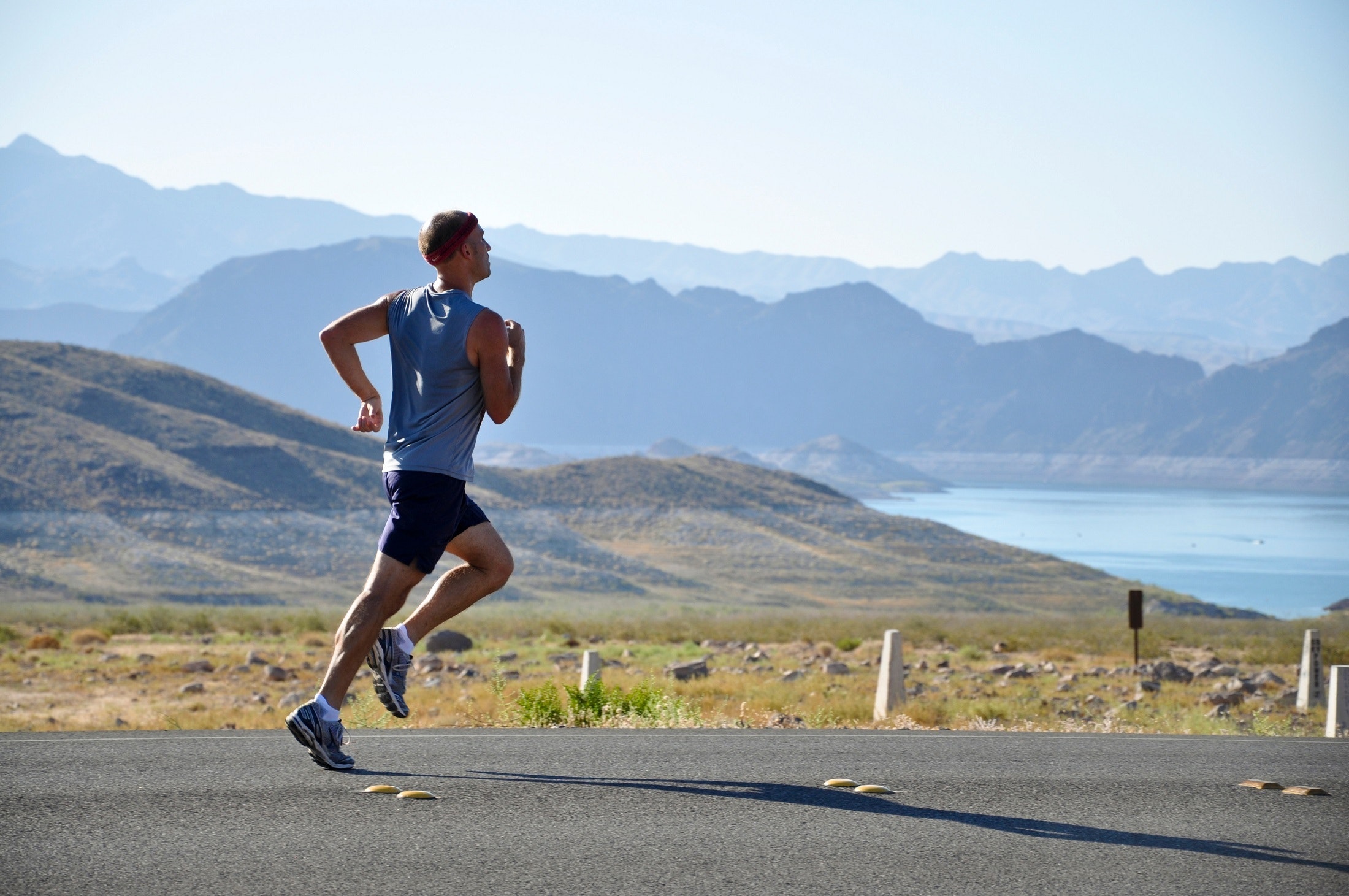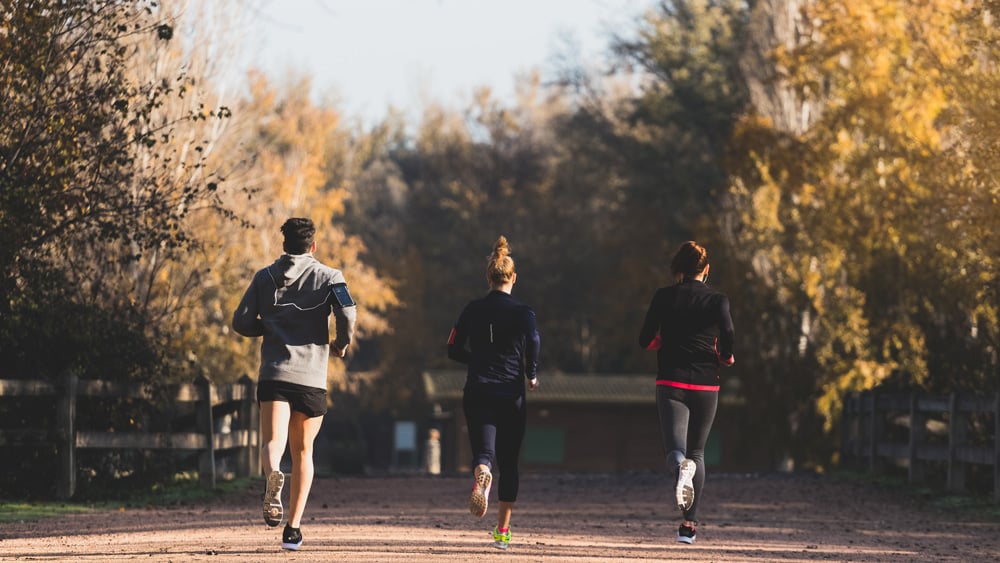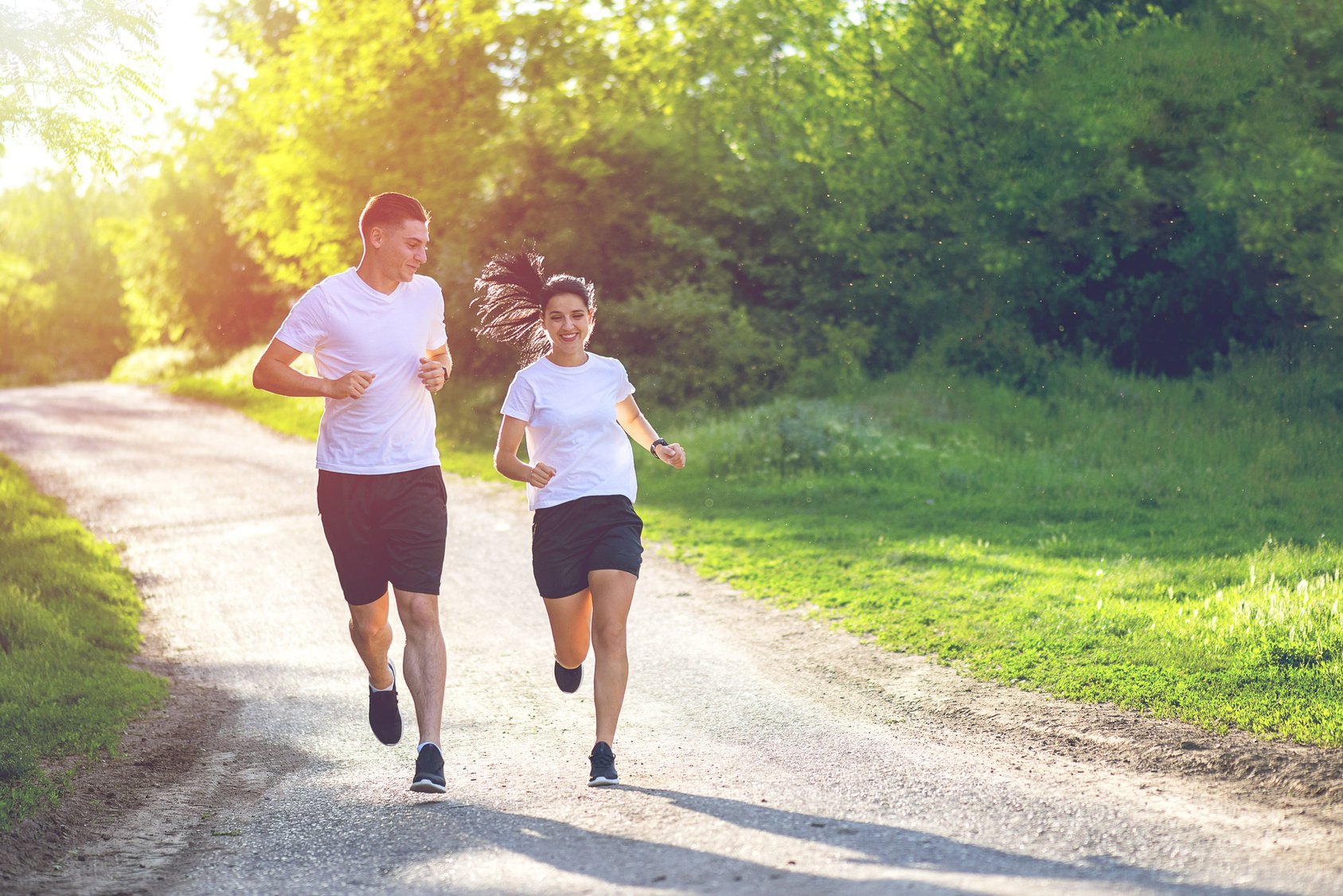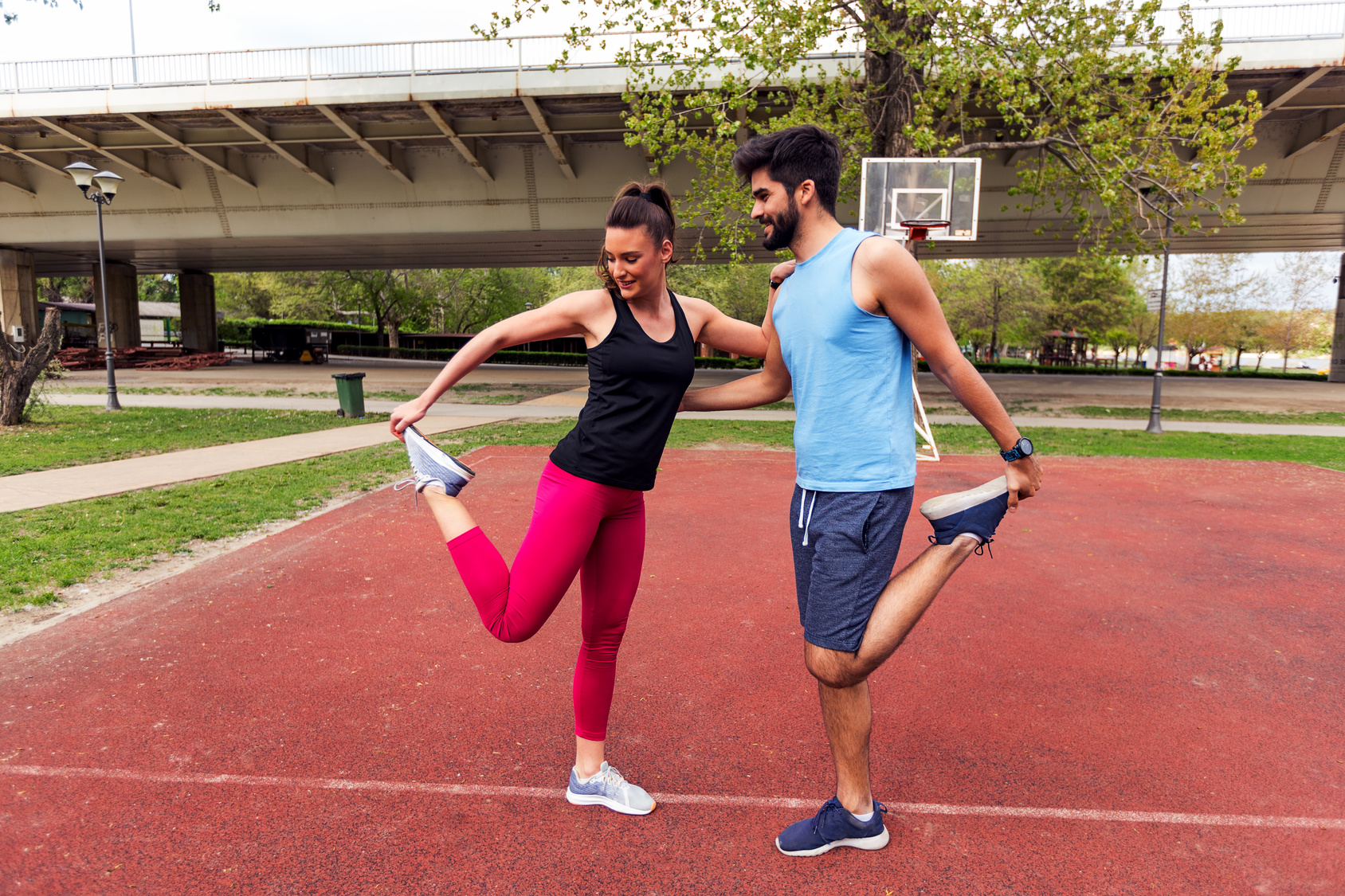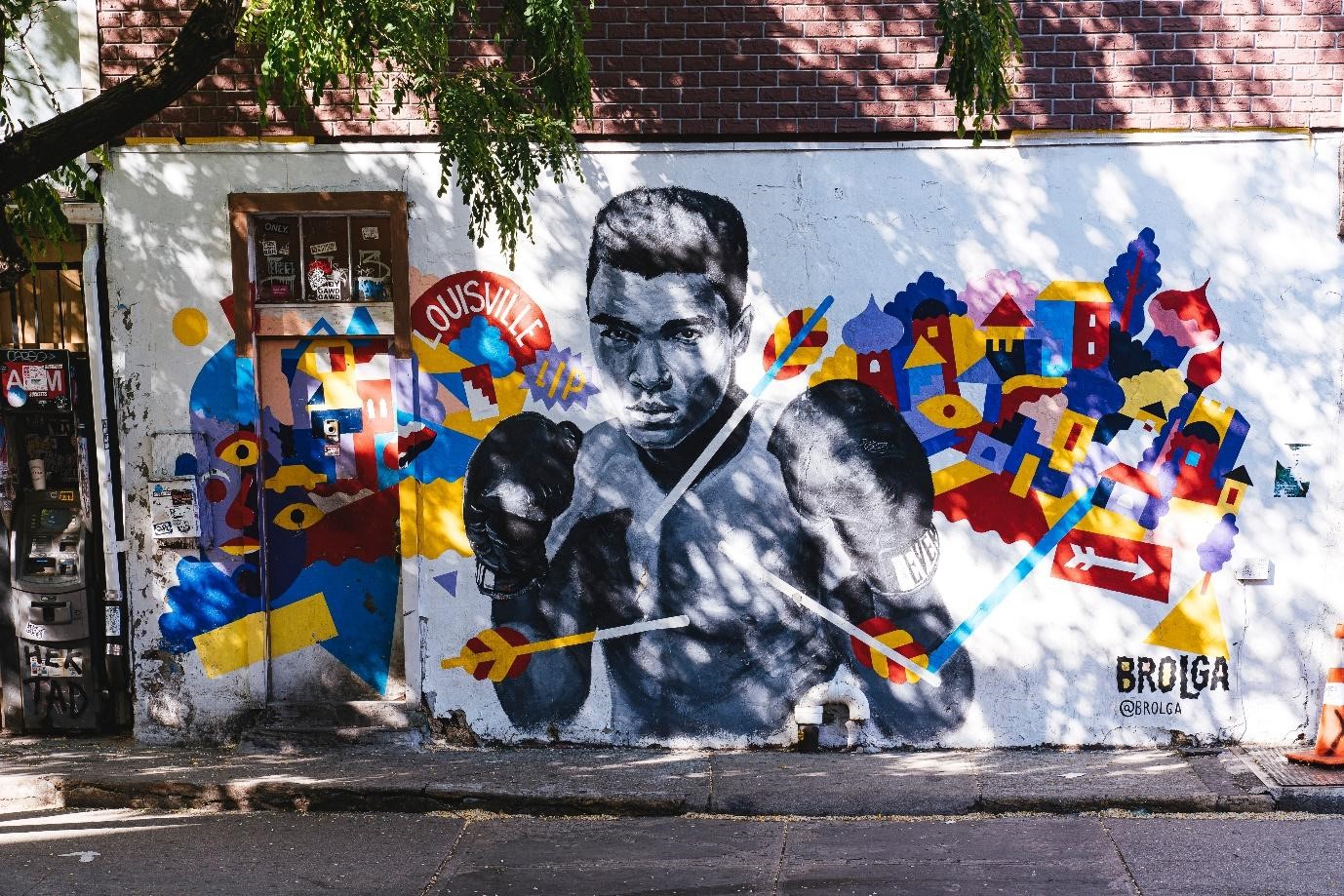Experiencing jaw pain when running? Then you have come to the right place.
Jaw pain while running isn’t your typical overuse injury, yet having it during a run or at any time, can be quite annoying.
There are many possible causes of jaw pain. In fact, it can be different reasons for different runners.
That’s why you should look into them because they can be quite dangerous (in super rare cases, of course).
In today’s post, I’ll discuss why does your jaw hurt when you run and share some tips and guidelines on what to do to soothe it.
Sounds great
Let’s get started.
Why Does my Jaw Hurt When I Run – Stop Jaw Pain While Running
Jaw pain is usually felt as pain around the ear, tenderness in the jaw, as well as inability to chew comfortably.
If suffering from this pain while running, any of the following causes could be the reason behind your condition.
Forward-Head Posture
If you’re routinely in a slouched position, either while running, working, or watching TV, then you’re, basically, holding your body in a less-than-ideal position.
Here’s the truth.
Your body functions best when all of the muscles, bones, and joints are properly aligned.
When your head is too much forward, your neck muscles may take in more load than usual. This extra stress travels up your neck and causes jaw pain.
That’s not the whole story.
This type of jaw pain can also contribute to headaches and migraines, which can hinder your performance and cause further trouble.
The Solution
If you catch yourself in a forward-head position—either while running, at work, or whenever—correct it on the spot.
I’d recommend that you also make a few lifestyle changes such as adjusting your computer screen as well ad spending less time looking down at your phone.
Here are a few hints to help you build and maintain proper running form.
- Keep your shoulders loose and relaxed. Avoid hunching.
- Gaze straight ahead—about 15 to 20 feet. Never look down at your feet unless you’re running on a technical terrain where you need to SEE where you put your feet.
- Keep your chin tucked in a while keeping your neck and head in the same plane as your body.
- Engage your core and keep your back neutral and straight.
- Keep your arms loose, bent at a 90-degree angle, with a strong forward swing. Avoid side-to-side swinging.
Additional resource – Chiropractor for runners
Jaw Clenching
Grinding the teeth—or what’s known as bruxism—is another common habit that causes jaw pain.
Bruxism occurs when you subconsciously clench your teeth together. This can create stress in the jaw, especially in the muscles, ligaments, and tendons that support it.
Over time, bruxism can form painful trigger points in the jaw muscle, especially in the masseter and temporalis muscles.
This is actually the reason that although most runners breathe with an open mouth, having already developed these trigger points can be behind the jaw pain while running.
Additional Resource – A Tibial Posterior Tendonitis Guide in Runners
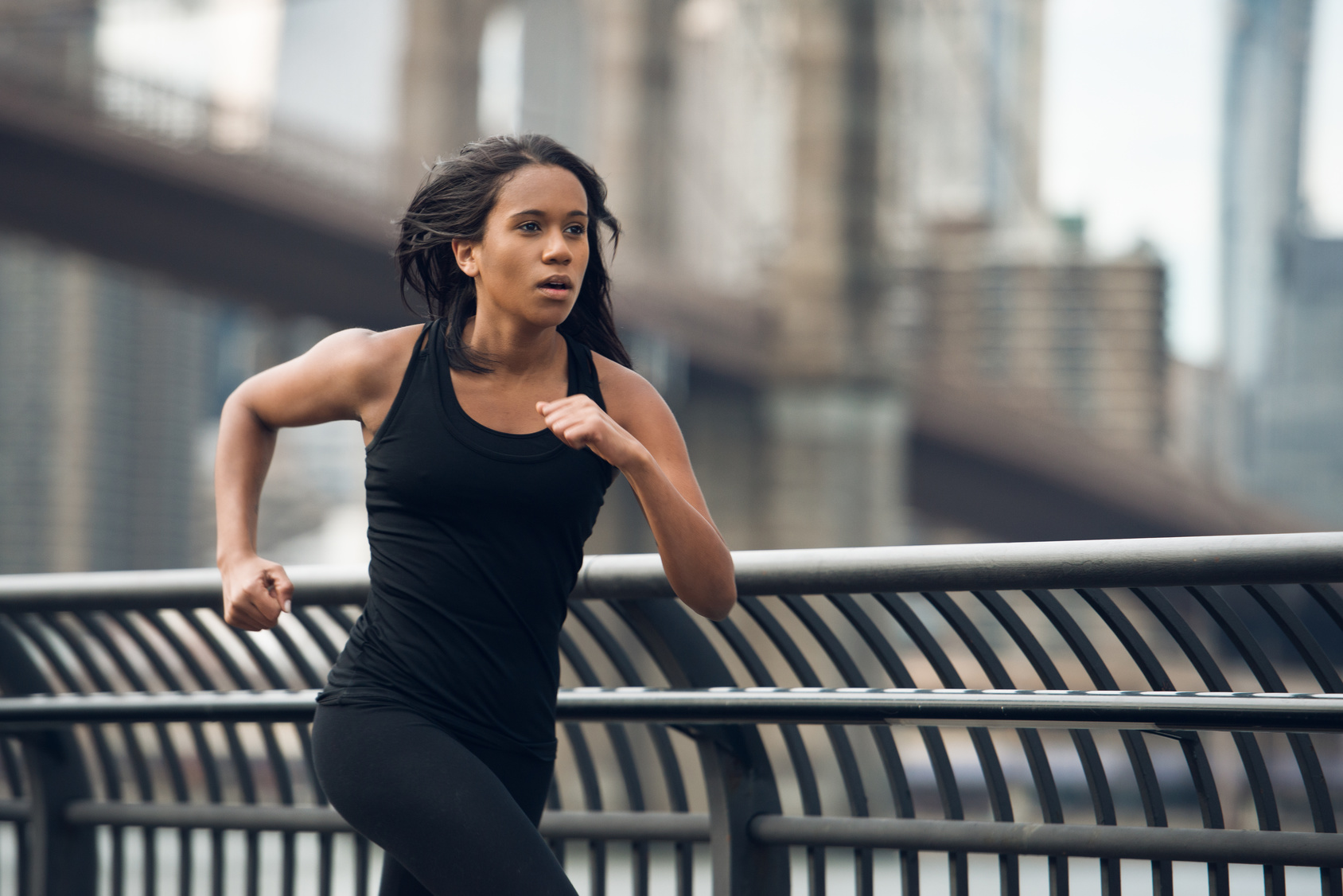
The Solution
Pay more attention to how you’re holding your jaw, especially when stressed. Then, build the habit of consciously relaxing your jaw every time you catch yourself clenching your teeth.
You should also do something about the stress.
Some steps include:
- Deep breathing
- Meditation
- Stretching
- Taking regular breaks
What’s more?
Consider getting a nightguard if you tend to grind your teeth while asleep.
Temporomandibular Joint (TMJ) Dysfunction
Feeling pain when yawning or chewing? You might be dealing with a TMJ problem.
Temporomandibular joint disorder, or TMJ, is a condition in which the joints of the jaw might be displaced, injured, or otherwise poorly functioning. TMJ is caused by nerve damage along the temporomandibular joint.
This can manifest as pain in the jaw as well as in the muscle surrounding it. It can also contribute to headaches, migraines, and back pain.
Main symptoms include:
- Pain or discomfort while chewing food
- Tenderness in and around the ear
- Difficulty opening and closing the mount
- Facial pain.
What’s more?
Thanks to the repetitive high-impact nature of running, logging the miles can make the TMJ more swollen and painful.
Additional Resource – Here’s your guide to Anterior Tibial Tendonitis
The Solution
Most people who have TMJ suffer from mild or temporary symptoms which may fade away within a few days or weeks.
That’s why you should consider taking the conservative approach first before procedures such as getting fitted for an appliance, shaving down teeth, or having surgery.
For starters, try some thermal therapy as research by the TMJA has reported that the use of hot or cold therapy helps reduce the symptoms.
In essence, cold therapy limits swelling and pain, whereas heat can improve blood and loosen the jaw muscle.
Apply this method for 15 to 20 minutes at a time. Just remember to use a light layer between your skin and the compress.
You can also try an over-the-counter analgesic. These anti-inflammatory drugs may help soothe the pain.
If your TMJ condition is caused by musculoskeletal issues, look for a physical therapist that specializes in jaw disorders.
Additional Resource – Here’s your guide to calf pain while running
Heart Problems
Last but not least, the reason behind your jaw pain might be more sinister than you imagine. In fact, jaw pain could indicate some type of cardiovascular problem.
This is why in case you’ve persistent jaw pain (despite taking some of the above measures), consult your doctor to rule out any underlying condition.
The most common issue is Angina, a condition in which your heart is in trouble as it’s not getting sufficient blood, and it causes chest pain.
Temporal arthritis, a condition in which swelling causes blood vessels to narrow, may also cause jaw pain.
Blocked arteries is another common condition.
What’s more?
In some cases, jaw pain might be a symptom of a heart attack.
The other well-known heart attack sign are, certainly, chest pain and left-sided arm pain.
The Solution
If you suspect you’re having cardiovascular problems—especially if it’s a heart attack—seek medical attention as soon as possible.
Don’t delay one second.
Why Does my Jaw Hurt When I Run – The Conclusion
There you have it
If you’re looking to uncover the cause of your jaw pain during exercise, then today’s post will get you started on the right foot. The rest is really up to you.
Please feel free to leave your questions and suggestions in the section below.
In the meantime thank you for dropping by.

